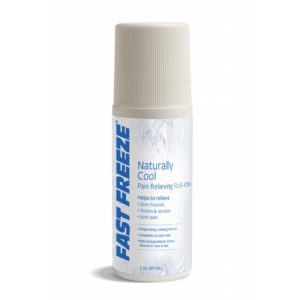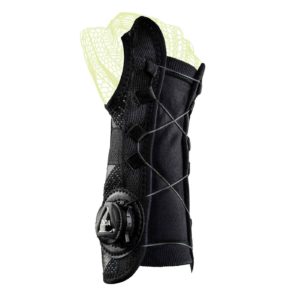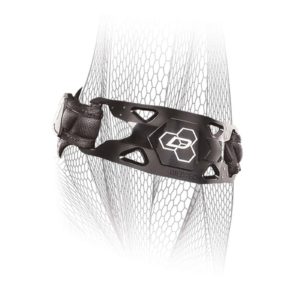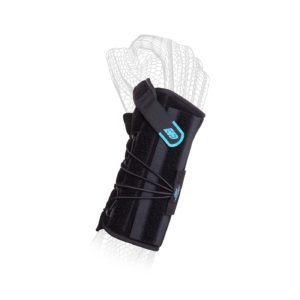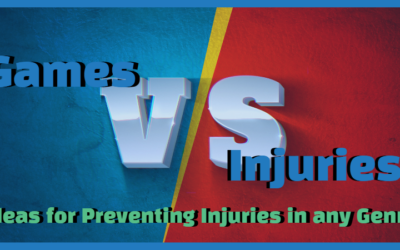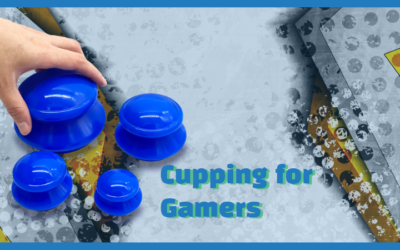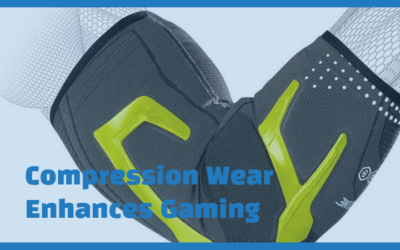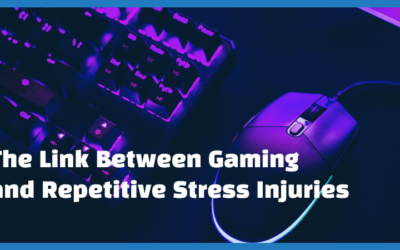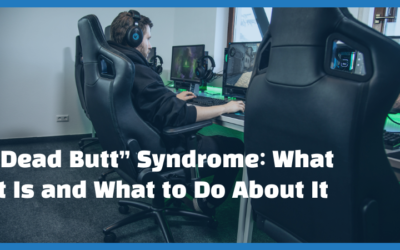If you game or type at a computer, you’ve probably heard of carpal tunnel syndrome. But, what is it … exactly? Also referred to as median nerve compression, carpal tunnel syndrome is a painful condition characterized by tingling, weakness, or numbness in the wrist and hand [1]. It’s one of the most common injuries among avid gamers and eSports professionals, especially those who play computer video games [2, 3].
Repeatedly gripping a mouse or controller for console or computer games typically causes this type of injury.
What’s a Carpal Tunnel?
There are a number of structures in the hand that are used during repetitive gaming movements. These include the carpal tunnel, carpal bones, median nerve, and more. [3]
The wrist contains rows of carpal bones that surround a small passage called the carpal tunnel. The tunnel is enclosed on the palm side of the wrist by a band of tough tissue known as the transverse carpal ligament. The median nerve runs through the carpal tunnel. This nerve consists of fibers that transfer nerve signals between the spinal cord and the hand at the wrist joint. The tendons in the wrist region allow your fingers to open and close so they can grip a game controller or other objects.
Spot the Signs
For gamers and eSports enthusiasts, compression of the median nerve and excess pressure on the tendons due to overuse can lead to pain, weakness, tingling, numbness or burning sensations in the hand that make it hard to play. In other words, repeatedly gripping a mouse or controller for console or computer games typically causes this type of injury. Women are more likely than men to develop this syndrome because their carpal tunnel passage is narrower—this increases the risk of median nerve compression [4]. Previous hand injuries, arthritis, diabetes, fluid retention and other conditions can also make gamers more susceptible [5].
Common signs of carpal tunnel syndrome include
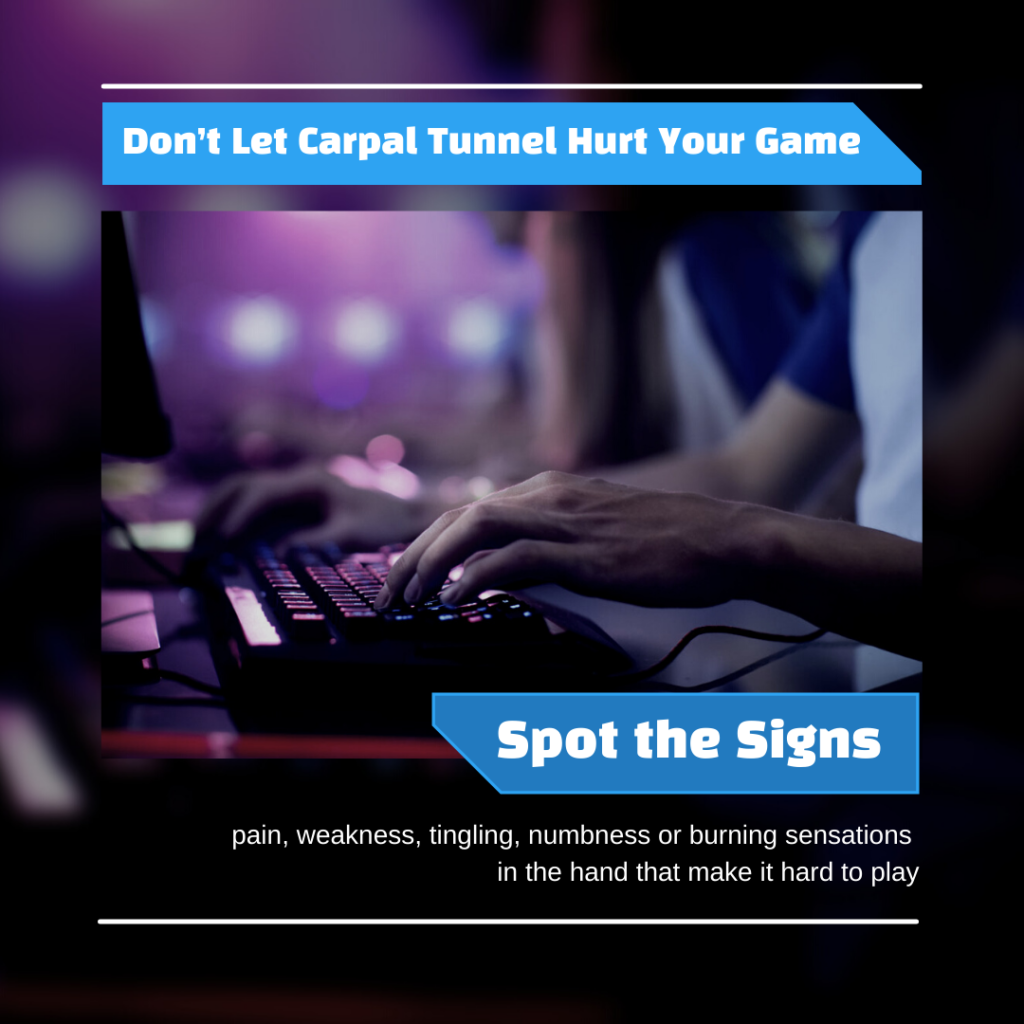
- Overall weakness in your arm
- Numbness in your hand or wrist
- Pain that extends toward your elbow
- Tingling sensation (pins-and-needles) in your hand
- Numbness in your thumb or first 3 fingers while gaming (excluding the pinky)
- Weakness that makes it hard to grip or causes you to drop items (e.g., mouse, controller)
Treatment
Over-the-counter pain relievers or creams may provide temporary relief, but they won’t target nerve damage or help you regain your strength. Physical therapy may also help moderate to serious cases of carpal tunnel syndrome. A physical therapist can assess arm strength and the extent of the damage, determine the best treatment option, and suggest how to improve your gaming and eSports setup [1]. A therapist can also work on breaking down scar tissue while stretching and strengthening muscles to increase your range of motion. This will help you heal by reducing the compression of your median nerve and tendons.
Here are a few more simple practices that will help prevent carpal tunnel syndrome or further injury.
- Take a break: Take gaming breaks and use the time to do stretching exercises.
- Wear a splint: Wear a hand or wrist splint to stabilize your hand and decrease the pressure placed on it while you’re playing.
Set yourself up to succeed: Adjust your gaming setup so you can maintain proper hand positioning and reduce pain.
It’s all in the Wrist!
Don’t let carpal tunnel syndrome hurt your game. Play your best and keep your wrist, hands, and arms healthy with a little help from these therapeutic aids.
References
- Bland JDP. Clinical Review Carpal tunnel syndrome. BMJ. 2007;335(7615):343-346.
- Bhanderi DJ, et al. Computer Use and Carpal Tunnel Syndrome: A Case-control Study. Indian J Occup Environ Med. 2017;21(3):109-114.
- Genova A, et al. Carpal Tunnel Syndrome: A Review of Literature. Cureus. 2020 Mar; 12(3): e7333.
- Burton C, Chesterton LS, Davenport G. Diagnosing and managing carpal tunnel syndrome in primary care. Br J Gen Pract. 2014;64(622):262-3.
- MacDermid JC, Wessel J. Clinical diagnosis of carpal tunnel syndrome: a systematic review. J Hand Ther. 2004;17(2):309-19.


